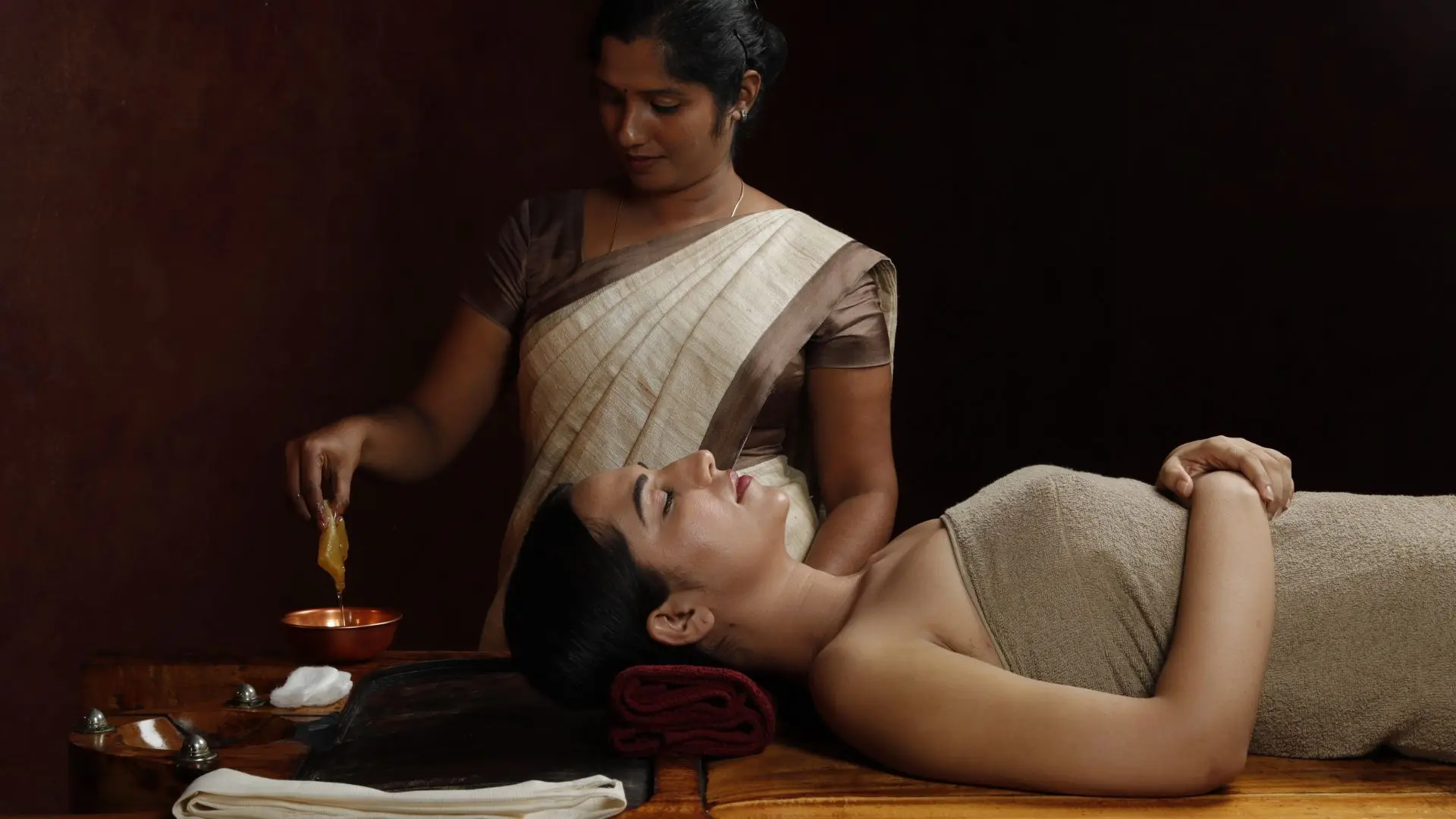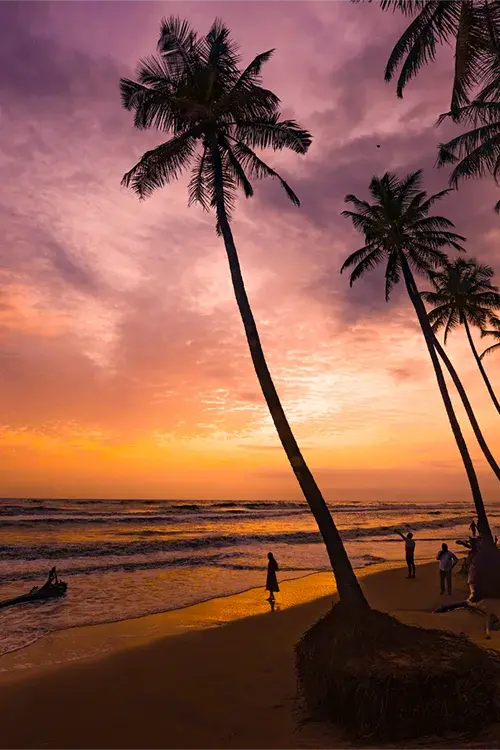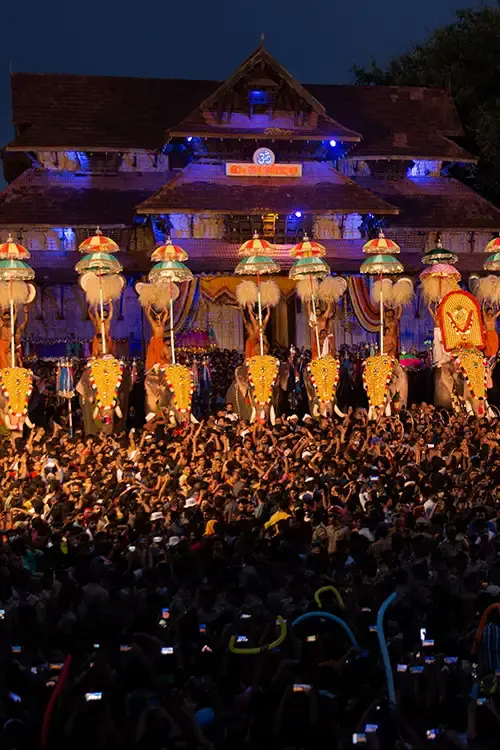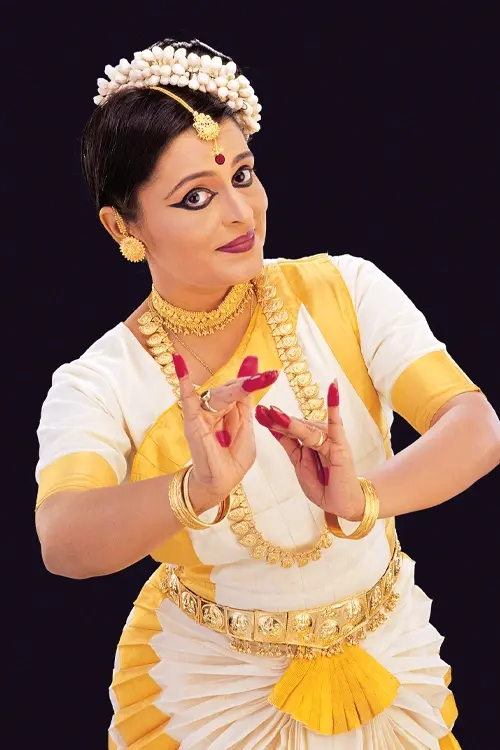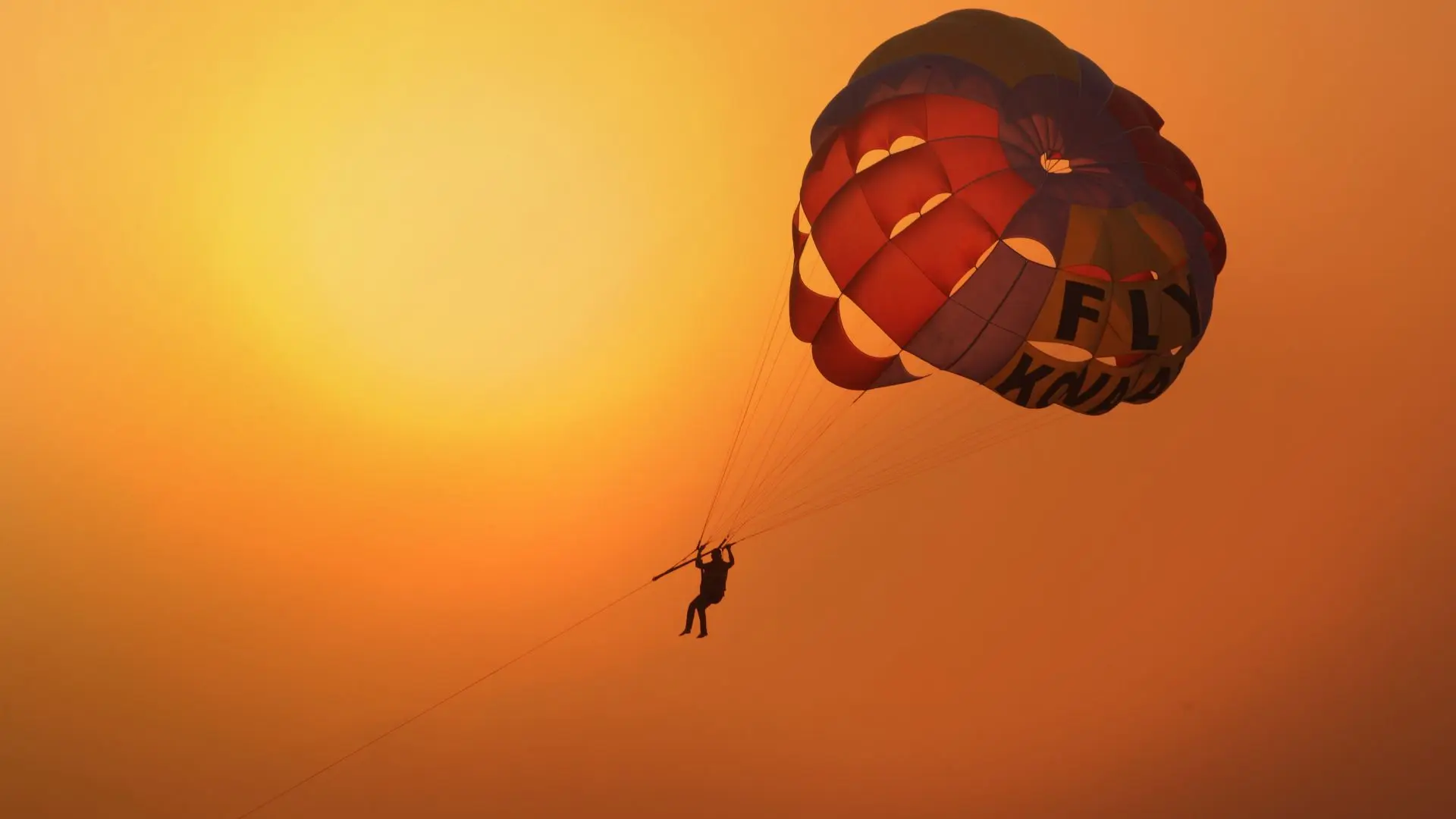Enchanting Kerala
Kerala Kalamandalam
Published in Newsletter Issue No. 195 - Nov-01-2009
The fag end of the nineteenth century saw the traditional arts of Kerala losing their popularity and on the brink of a decline. But a cultural renaissance that swept all over India in the early twentieth century had its effect in Kerala too. And among the personalities that stood out in terms of altruistic efforts in Kerala to revive its waning art forms was Vallathol Narayana Menon. Besides being an outstanding poet and scholar, Vallathol was a passionate lover of Kathakali and other classical dance-theatre traditions of Kerala. He received the much-needed support from Kakkad Karanavappad, an eminent scholar, and Manakkulam Mukundaraja, a devoted cultural activist, and their efforts finally paved way to the establishment of Kerala Kalamandalam in 1930.Close to the River Bharathapuzha in Cheruthuruthy, a small village in the northern fringe of Thrissur District, the birth of Kalamandalam marked the first institutional step in the cultural history of Kerala to start training in classical performing arts, which were so far left to the patronage of provincial kings and landlords.
Since its inception many stalwarts contributed to the growth and reputation of Kerala Kalamandalam. It is strictly a residential mode of learning that is followed at the Kerala Kalamandalam. It is the Gurukula or traditional style of education, calling for deep bonds between the teacher and the student. Veteran teachers and talented students are the real wealth of Kerala Kalamandalam.
At Kerala Kalamandalam, one can undergo training in performing art forms of Kerala like Kathakali, Kutiyattam, Mohiniyaattam, Nangiarkoothu, Thullal and also in vocal and percussion instruments. Classes begin in places called kalaries early in the morning at 4.30 and continue till late evening. The training focuses on physical exercise, body massage, recapitulation and repetition of lessons learned. The teacher-disciple relation here is exemplary.
Perhaps the major attraction for a visitor to Kalamandalam would be the Koothambalam or the traditional dance theatre. Built in traditional architectural and elegance, the pillars of the natyagriha are made of granite. The roof-structure, the stage-floor and its pillars are made of teak-wood and rose-wood. On the granite pillars are inscribed one hundred and eight karanas (dance postures) dealt within the Natyasastra (the Indian treatise on theatre). The Koothambalam has three main components viz. the aniyara (green room), the rangam (stage) and the mridanga-patha (where the drum is kept). One can witness a variety of programs at the Koothambalam on special occasions.
The art gallery at Kalamandalam is of interest, where one can admire the elegant statues of different Kathakali characters and those of other performing arts. Adorning the outer walls of the art gallery are beautiful mural paintings. And the costume room has a wide variety of costumes, head-gears, wooden masks and wooden weapons used by the Kathakali and Koodiyattam characters.
Close to the old Kalamandalam campus is the Vallathol Museum where the precious moments in the life of poet and scholar Vallathol are preserved in visuals and words. The portrait gallery here has on display oil portraits of eminent artistes of yester years. The Vallathol Samaadhi - the final resting place of the poet is another attraction in the old campus.
Kalamandalam offers specially designed introductory courses in all aspects of Kathakali, Koodiyattam, Mohiniyattam and the vocal and instrumental modes of classical music. Training exposes individuals to the diverse performance traditions in Kerala. Crash courses are also available at Kalamandalam.
Troupes of Kerala Kalamandalam have traveled widely in India and abroad for programs, lecture-demonstrations and workshops. They have represented India in many an international dance and theater festival.
Visitors to Kalamandalam these days can enjoy the specially designed tour of the Kalamandalam campus. The program named 'A day with the masters' at Kalamandalam would enable visitors to witness masters of various art disciplines at work and can visit various units inside the campus and get familiar with the ambience and its style of functioning. The project in collaboration with Kerala Tourism is an earnest attempt to attract national and international tourists to the inner aesthetics of traditional arts.
The Kalamandalam and its surroundings reflect the simple, pure and ethnic atmosphere in which the indigenous art forms can thrive. Tradition is no barrier to Kalamandalam in dealing with the riddles of the present and those of the future. It is on the other hand a moral and cultural stimulant that helps Kerala Kalamandalam forge ahead.
Kerala Kalamandalam
Deemed University for Art and Culture
Cheruthuruthy - 679 531 via Thrissur, Kerala, India
Telephone: +91-4884-262418, 262526, Fax: +91- 4884 -262019
Website : www.kalamandalam.org
Getting there:
Nearest railway station: Shoranur Junction, about 3 km
Nearest airport: Nedumbassery International Airport, about 85 km
